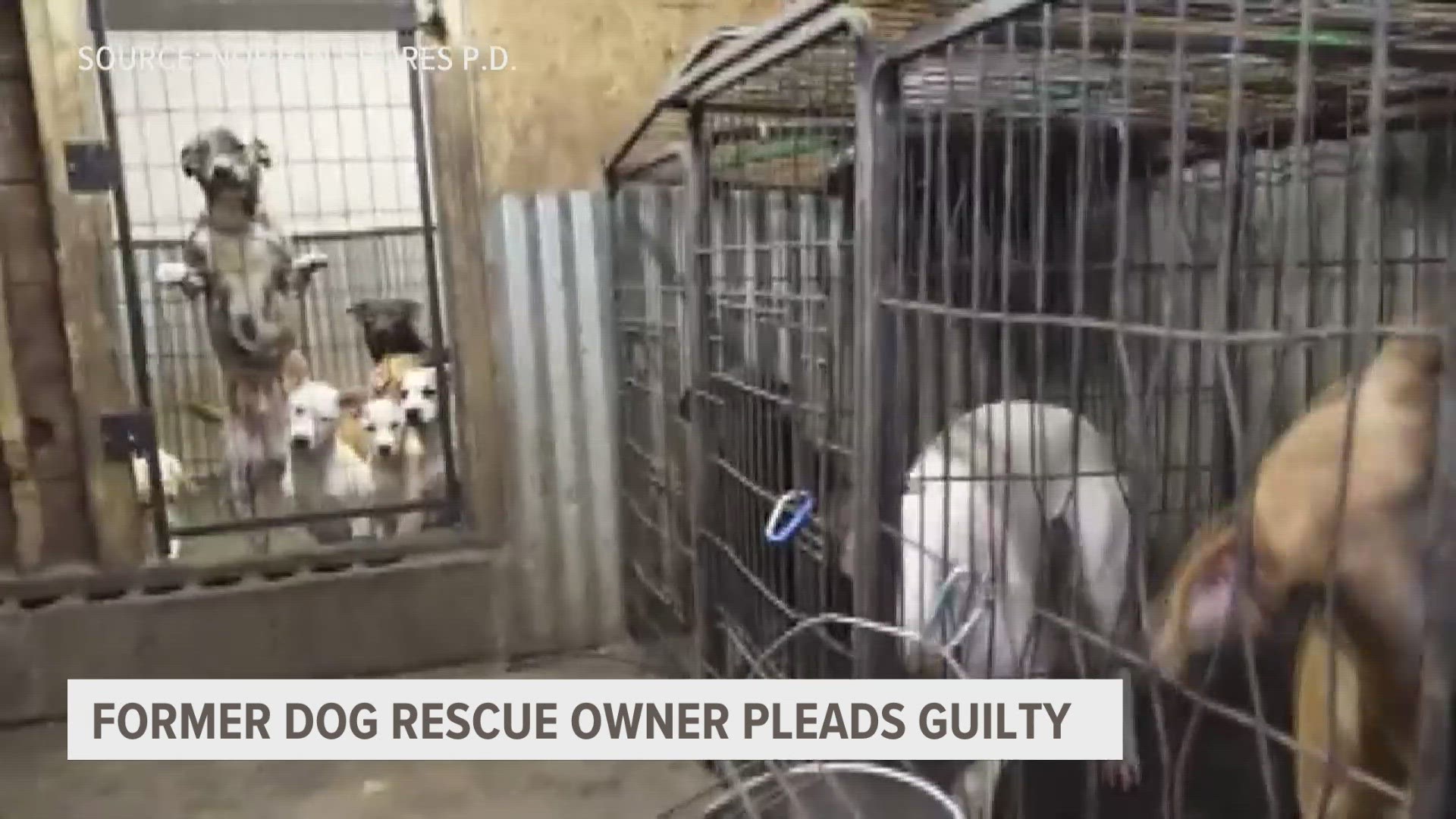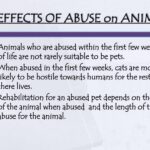Animal cruelty is a dark specter that looms over our society, often lurking in shadows where the battered souls of innocent creatures cry for help. It manifests in insidious forms—neglect, violence, and exploitation being just a few of its ghastly faces. This malevolence raises a crucial question: Do individuals who perpetrate such heinous acts face justice? Are they, in fact, sentenced to endure the punitive consequences of their actions? This exploration delves into the intersection of law, morality, and the treatment of our vulnerable companions.
The legal repercussions for animal cruelty vary significantly across jurisdictions, likened to a patchwork quilt, each square representing different laws and penalties. In places where animal welfare statutes are robust, perpetrators may find themselves entangled in a web of legalese, facing fines, community service, or even incarceration. Conversely, in locales where these laws are tenuous, offenders might evade harsh penalties altogether, creating a disparity that feels fundamentally unjust.
Sentencing for animal cruelty typically falls under two categories: misdemeanors and felonies. The former often incurs lighter penalties, akin to a mere slap on the wrist, while the latter can lead to sobering consequences that echo in the annals of a person’s life. Misdemeanor offenses may include instances of minor neglect or a singular act of violence, punishable by a few months of jail time or substantial fines. The irony here is palpable; often, the perpetrators of egregious acts remain ensconced in their freedom, despite the suffering they impose on their victims.
On the other hand, felony charges—which involve more severe forms of cruelty, such as torture, killing, or extensive neglect—can usher offenders into the grim halls of a prison. These sentences may range from one year to significant decades, contingent upon the severity of the crime and the offender’s prior record. In some jurisdictions, a convicted individual can face enhanced penalties if the cruelty occurred in the presence of minors, further compounding the consequences of their actions.
For example, when a convicted offender is led away in handcuffs, one might picture the stark contrast between their life and that of the innocent animals they harmed. The animal, once a passive victim, becomes a symbol of resilience, while the perpetrator, shrouded in shame, is thrust into a life marked by criminality—not merely for their actions but for the sobering reality that society has chosen to draw a line in the sand against such transgressions.
The courtroom itself often resembles a theater of moral threshold. Victims’ advocates—often animal welfare organizations—attempt to underscore the magnitude of the offense to the judge and jury. Testimonies can be heartrending tales of neglect and cruelty, with detailed images painted for the court, showcasing the physical and emotional scars borne by the innocent animals. Courts also tend to consider the psychological implications as they unravel cases involving repeated offenses, as these are not simply aberrations but patterns of behavior often entrenched in a larger psychological malaise.
It is worth noting the role of public sentiment in influencing sentencing outcomes. In markedly egregious cases, when the public’s outrage ignites like wildfire, it may compel judicial systems to mete out more substantial sentences. The media often has a keen interest in these cases—infusing life to the rallying cries of activists—thereby pushing for accountability. A high-profile case, such as that of a prominent figure or a particularly brutal incident, can catalyze legislative change, thus laying bare the imperfections in existing laws and galvanizing demands for reform.
Beneath the surface of judicial proceedings lies a complex narrative of rehabilitation. While punitive measures serve their purpose, they exist within a larger framework of societal rehabilitation and prevention. The reality remains that sentencing is just one part of the solution; addressing the root causes of animal cruelty requires a multifaceted approach. Education, community outreach, and comprehensive support systems for pet ownership are fundamental in curtailing future abuses.
As the gavel falls, several questions linger in the air. Will the individual ever comprehend the gravity of their actions? Can punishment serve as an effective deterrent, or will it merely recast the individual into a cycle of violence and neglect? These questions echo in the corridors of justice, evoking the inherent complexity surrounding animal cruelty cases.
Ultimately, the quest for justice is more than a mere transaction in a courtroom; it is an embodiment of societal values—a reflection of our collective conscience. Each successful prosecution marks a step forward in the ongoing struggle against cruelty, a reminder that the lives of our sentient companions hold intrinsic value deserving of protection. As laws evolve and society awakens to this pressing moral imperative, the hope remains that fewer offenders will evade the reach of justice, and that ultimately, our society will emerge from the shadows, allowing compassion to illuminate the path forward.
In the end, the true measure of our civilization lies in how we treat the voiceless among us. Each conviction is not simply a tally in a ledger of crime but a testament that kindness must triumph over cruelty, epitomizing a commitment to safeguarding the precious tapestry of life that threads through our planet.








